What happens when you get five degenerate friends that own their own dive bar in Philadelphia? You get some raucous and off-putting situations with a tumultuous storm of dark and politically incorrect (but nonetheless hilarious) behavior. Such is the premise of the TV show It’s Always Sunny in Philadelphia. Since the show’s inception in 2005, Sunny has become a major hit for its oxymoronically pitch-black and light tone.
Throughout the years, the show has acquired a pretty large fan base and FXX has recently renewed it for its 13th and 14th seasons. The show has spawned plenty of merchandise, a traveling rendition of one of the episodes, and a consistency to the show’s plot and nature. A big fan of the show, Max Rubinstein (former Dickinson graduate and my partner in crime) allowed me to interview him about his fandom. For him, It’s Always Sunny in Philadelphia is more than just a source of entertainment; it serves as both a connective tissue for his social relationships and way for him to make new connections.
The show’s consistency is the bedrock of Max’s fandom. Even with its different approach to the typical sitcom, Sunny has been extremely successful and generated a large fan base. Max started watching his sophomore year of high school and quickly zipped through it on Netflix. But he didn’t stop there. He watched the show at least once a day throughout college. He says that now, “I probably watch three episodes a week, but at peak time I was watching three episodes a day, every day.” It makes sense then that he claims he can quote word for word sixty percent of the show’s lines, with some episodes as high as ninety percent. Max loves the show for its “nuanced, fucked-up humor.”
Sunny has been known for drawing attention to taboo topics like abortion, gun control, Naziism, and pedophilia, but instead of coming off as rabble-rousing or mean-spirited, it’s somehow loveable for doing so.
At times it can go further than social awareness and even provide social commentary on these controversial topics. For example, in a recent episode, “The Gang Turns Black”, the gang gets electrocuted during a storm and wakes up in black bodies. The gang then goes about their day and experiences all the different ways that African-Americans are oppressed on a daily basis. In typical Always Sunny style, the episode turns when Charlie, who is being played by a young black actor, gets shot suddenly by the police at the end of the episode. This scene directly addresses police shootings of black children like Tamir Rice and Trayvon Martin, showing that the writers of Sunny pay attention to real world events. The content of the show and attention to real world events and problems, like racism, makes this show extremely intelligent, and the fundamental reason fans like Max love its “nuanced fucked-up” nature.
Even with such dark and political humor, It’s Always Sunny in Philadelphia maintains a massive following because of the show’s predictable and reliable structure. This consistency allows viewers like Max to feel more deeply connected with his peers while watching the show together. He says, “…it’s just a fun thing to do with friends. It’s a good fall back, because you know everybody’s going to have a good time watching it together.” Like most sitcoms, one can jump around to any episode and be able to fully understand it. The show relies heavily on character tropes, sticky situations, and dark humor, making it easy to watch an episode without much background context.
Not only are the episodes self-contained, but its easy to find new ways to enjoy them, allowing fans to watch the same episodes time and time again. Max and his friends have made a fun drinking game to watch alongside the show. He says, “it helps to be a long time Sunny watcher, because you drink whenever a character does one of their character motifs. Or when there’s a recurring joke in the show, or when another recurring character appears.”
This type of repetition creates memories, which helps create bonds. Max says that nearly all of the friends he makes are avid Sunny watchers, and he’s usually converts the ones that aren’t. As with any show, the content may not be the sole reason why someone is a fan. These connective opportunities with others can also serve as motivation to continue watching a show, as it builds common ground. Communal watchings acts as a sort of space to hang around with friends, create memories, bond over the reliable nature and shared love of Sunny.
There are even instances when Sunny interacts with Max’s life outside of the show, showing that his fandom extends beyond a TV screen. He said, “…yeah, me and my friends were able to quote the show so much, that we could make a Sunny reference to nearly anything in conversation. So we would realize that would be pretty off putting for everyone else. So we made a game that whenever we reference Sunny in front of other people that didn’t watch the show, we would have to drink.” Even in his life outside of TV watching, Sunny began to manifest in his ways of speaking and interacting with his friends and other people. For Max, the show can as a conversational safety net; he’s always able to refer back to the show if there’s ever an awkward moment among his peers.
Max has also put in labor towards his fandom, as he has spent outside time thinking about the show and has dressed up as some of the characters. Max told me that at one point he put hours of thought into compiling an extensive list of his top thirty episodes and then shared it with his friends. This intense meticulousness and care towards the show exemplifies how much the show means to him. He has even dressed up as different characters for Halloween along with his friends. Last year he dressed as the character he most identifies with, Charlie, who shares his “…sense of wonder and adventure, [and] feels love very strongly, which is something that I feel too. And Charlie just does ridiculous things, does weird things, eats weird things, and I like doing weird things.”
However, Max was not the only one; his good friend Nick also dressed as “Fat” Mac that year (in season 7 of the show, Rob McElhenney decided to put on 30 lbs because he thought it would be funny if the character of Mac was fat all of a sudden) and the two proceeded to act out the show throughout the night. In previous years, Max has also dressed as the McPoyle brothers with his good friend Graham. The costumes generated interest among non-Sunny watchers, inviting them to join in on the show’s social sphere by piquing their interest.
Max continues to spend much of his free time interacting and engaging with elements of the show. In small groups with other fans he has even made some of the meals from the show. He says, “I’ve cooked some of the meals that they’ve brought up in the show, like milk steak (when you boil milk and drop a steak in it until it cooks). It wasn’t terrible.” This happens to be Charlie’s favorite meal, an iconic part to his mostly cat-food and gasoline diet. Max and his friends bonded over the ridiculous labor of making this specific meal together. The physical act of making it made it worthwhile despite its gross nature.
Max has even presented his Sunny fandom in situations when other may have no idea about it. To do this, he made Charlie’s beer vest from “The Gang Goes to Hell Part One”. This required creating an elaborate duct tape vest with many different holes and pockets to put beer cans in. Max wore this to a party one time, inciting vehement questioning by those partygoers who were unaware of the show. Max boasted of his knowledge of the show and was proud to explain to anyone who asked (and some who didn’t) what the beer vest meant or did, hoping to gain more viewers and more connections to the show. He fed off of the energy of being a part of something that others might not know about and felt a deep-seated connection to those that did.
There have been times when Max has been rewarded for his devotion to the show. While in Australia, Max went to a Portugal. The Man[1] concert, and had heard through the grapevine that the band was also a fan of the show. He heard reports that the band sometimes played the song, “Dayman”, created by the characters in “The Nightman Cometh”, as a warm up. He said, “As we walked in they were playing it and I thought ‘I’m in a good place’.” Max felt safe and secure once he realized he was in a space where people also shared his same interests.
There was there was even a live version of “The Nightman Cometh” that went on tour with the actual actors. Unfortunately, Max did not get a chance to see the performance, as they are no longer touring. However, the performance can be found on YouTube and Max has watched it many times. He wishes, though, that the actors would go on tour again. These specific presentations of fandom prove to Max that there exists a sense of belonging among Sunny fans, and that others want to connect to something on a deeper level as.
Sunny also was Max’s first introduction to Netflix. The site, a place to continuously binge watch TV, provides all fans of all different shows to engage in fandom. With its limitless nature, a fan can watch hours upon hours of their favorite show, building up one’s fandom little by little. This introduction to Netflix provided Max with other shows like Bob’s Burgers or Breaking Bad, inviting him to engage in other fandoms. Netflix changes the game for fans and TV watching in general, as it can be both be a place to watch your favorite shows on repeat or put on in the background of a social setting. ‘Netflix and chill,’ if you will. The introduction to Netflix brought Max’s fan potential to the surface, allowing him to experience Sunny at all hours of the day, and also served as an outlet to maybe try something new.
The show itself acts an avenue for social belonging for its fans and proves that it can be more than just a source of entertainment. The show has changed the way Max thinks about TV, but also has influenced his mannerisms and speech, how he picks and interacts with his friends, and what he does in his free time. Max’s fandom proves that fandom itself is more than just liking a TV show, artist, or movie; it can be a source for belonging, activity, and social engagement that can bring people closer together to experience both new and old things.
[1] This is correct punctuation for the band’s name.
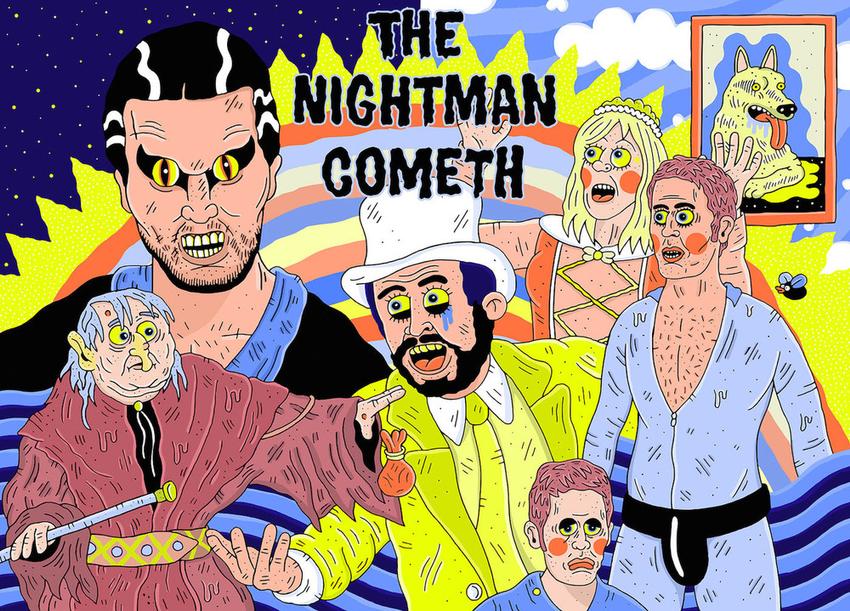
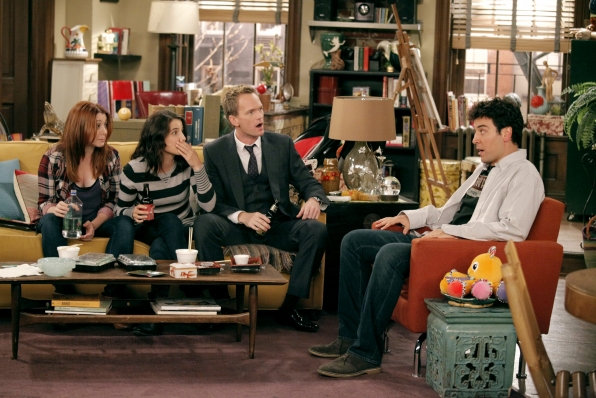

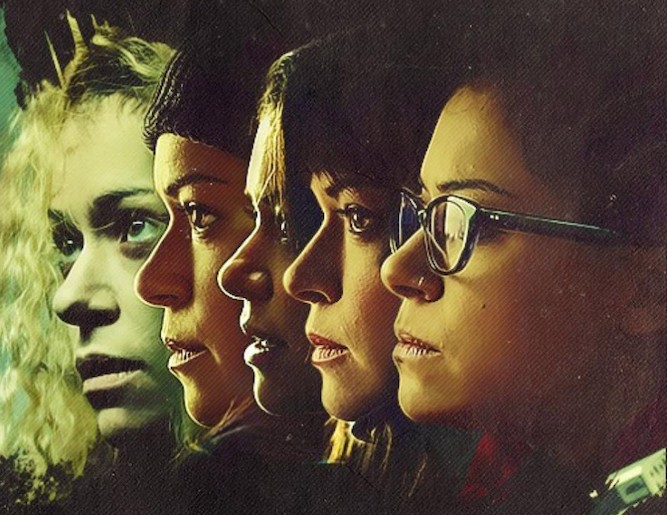
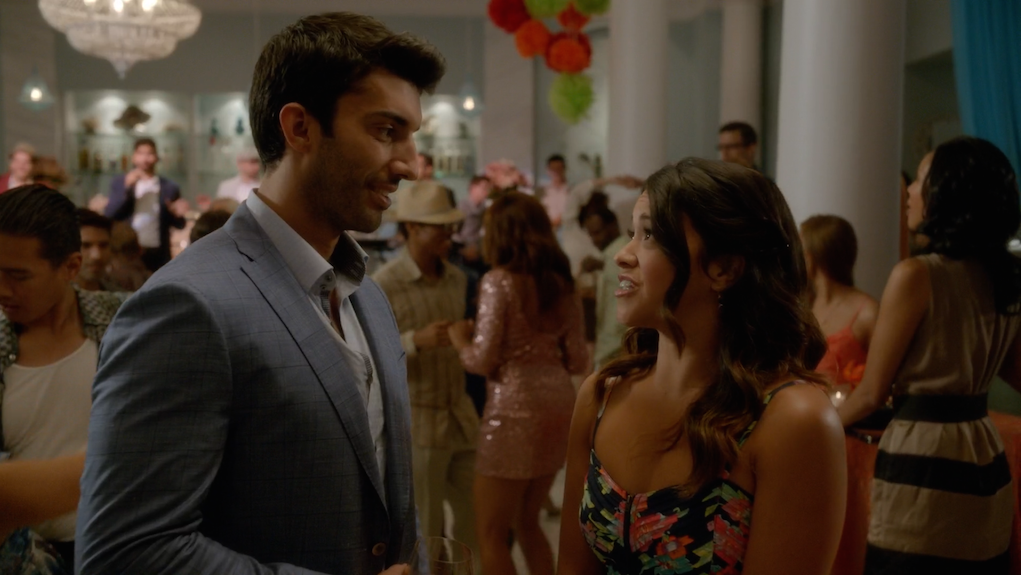
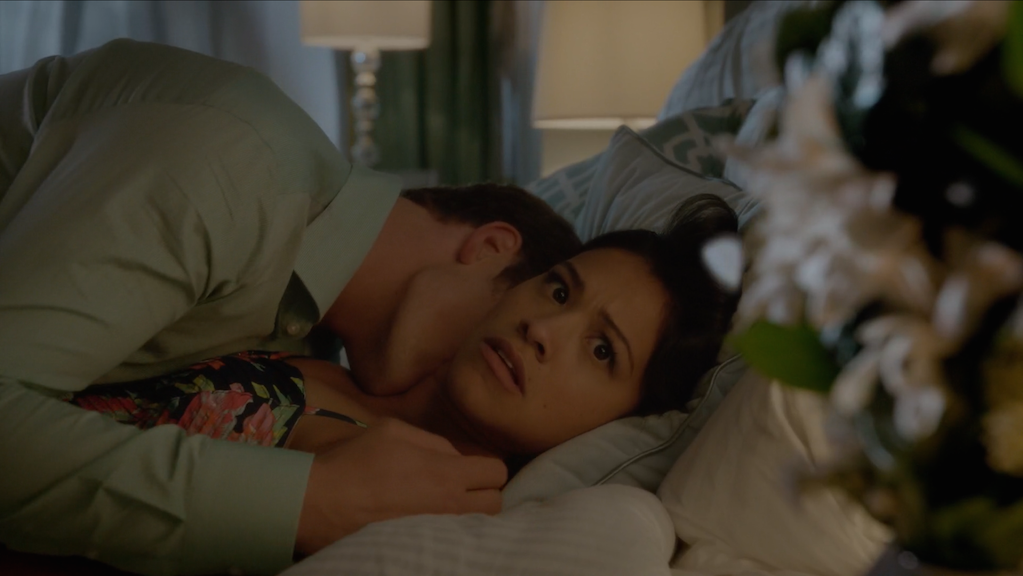
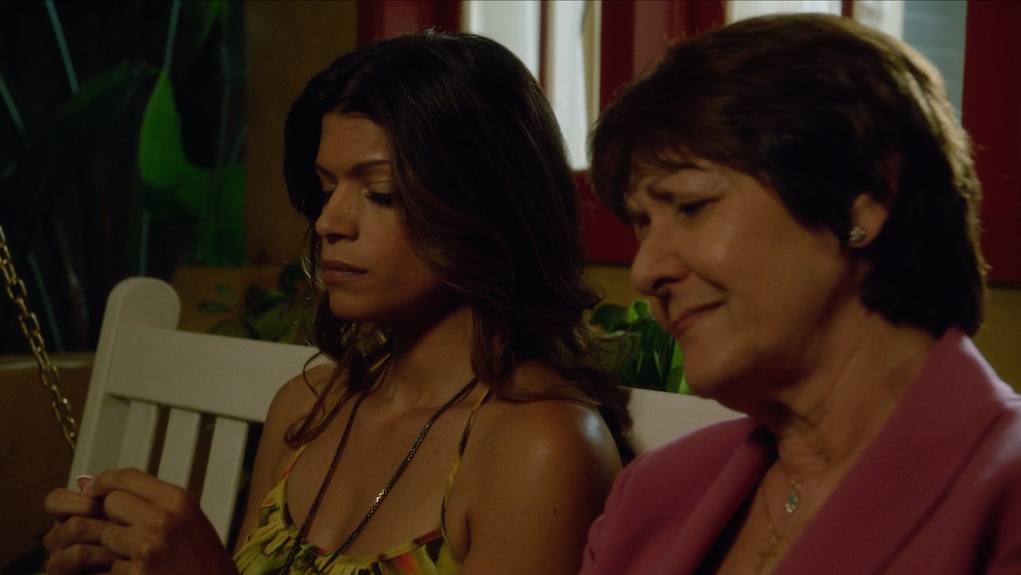
Recent Comments